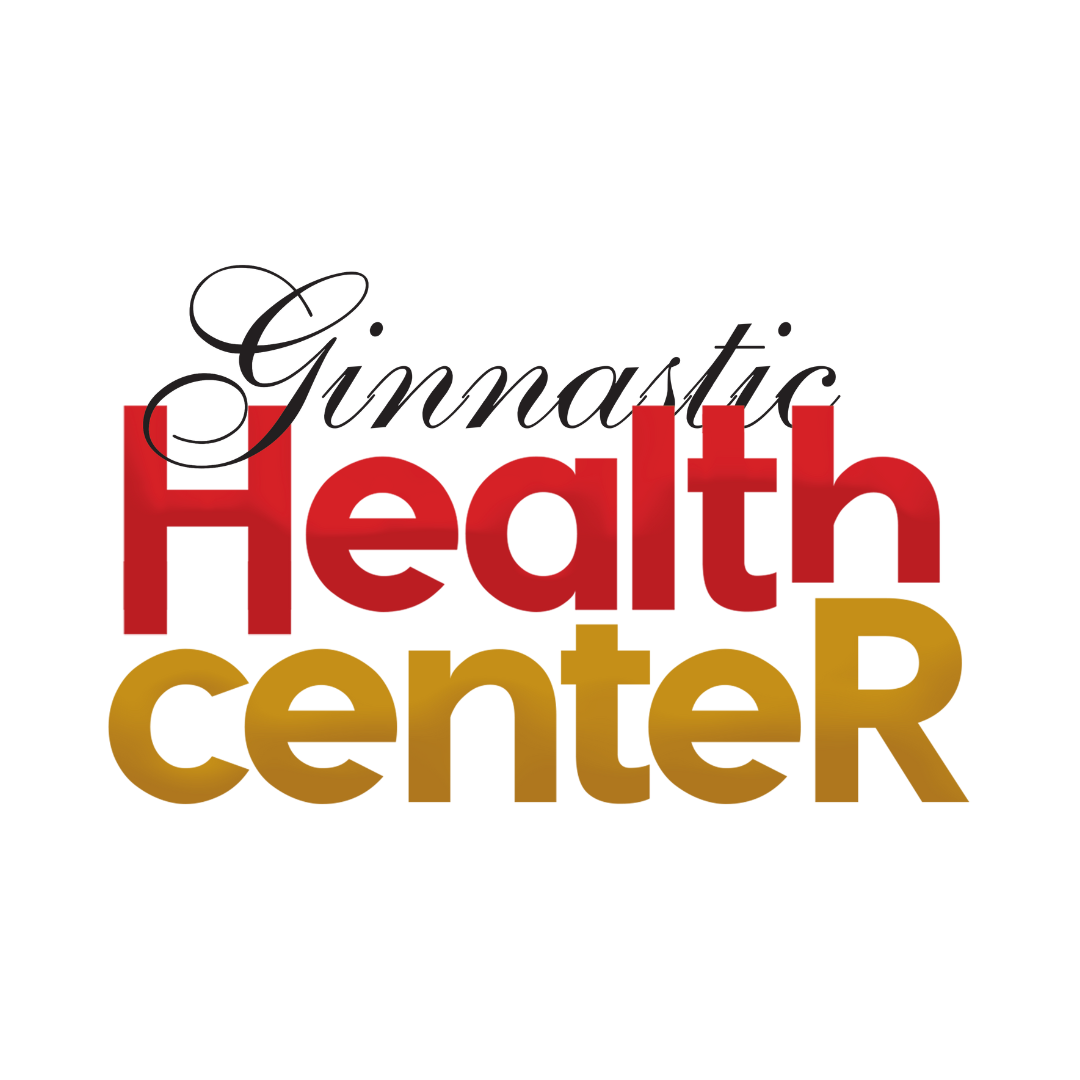For anyone who enjoys challenging workouts whether it’s lifting heavy at the gym, pushing through a HIIT session, or running a long distance recovery is just as important as the workout itself. Many people mistakenly think that results only come from training harder and longer. The truth is that your body adapts, grows, and strengthens during recovery, not while you’re exercising. If recovery is neglected, you may face fatigue, injuries, or slower progress.
In this guide, we’ll break down the three pillars of proper recovery: nutrition, rest, and stretching. Together, they create a foundation for improved performance, reduced soreness, and better overall health.
Why Recovery Matters
When you exercise intensely, you create small tears in your muscle fibers and put stress on your joints and nervous system. This controlled stress is good; it signals your body to adapt by becoming stronger and more resilient. But without adequate recovery, those small tears don’t repair efficiently, and the stress piles up. Over time, this can lead to burnout or even injury.
Think of recovery as your body’s repair shop: it fixes what’s worn out, upgrades what’s working, and prepares you to handle the next challenge.
Pillar 1: Nutrition – Fuel for Repair
What you eat after exercise is crucial. Nutrition helps replenish your body’s energy stores, repairs damaged muscle tissue, and reduces inflammation.
1. Replenish Glycogen with Carbohydrates
During workouts, your muscles use glycogen (stored carbohydrate) for fuel. After training, these glycogen stores need to be refilled. Whole grains, brown rice, oats, fruits, and starchy vegetables like sweet potatoes are excellent choices. A balanced post-workout meal with carbs helps restore energy and prevents fatigue.
2. Rebuild Muscles with Protein
Muscles repair themselves using amino acids, the building blocks of protein. Aim to consume high-quality protein within a couple of hours after training. Sources like lean chicken, fish, eggs, lentils, beans, and Greek yogurt are all great options. A protein shake can also be a quick and convenient choice.
- Rule of thumb: 20–30 grams of protein after a workout helps support muscle recovery for most people.
3. Hydration – Don’t Forget Water
Sweating leads to fluid and electrolyte loss. Rehydrating with water is essential, but if your workout was especially sweaty or lasted over an hour, consider adding an electrolyte-rich drink or coconut water. Staying hydrated improves circulation, joint health, and energy levels.
4. Anti-Inflammatory Foods
Adding foods rich in antioxidants and omega-3 fatty acids helps fight inflammation and speed recovery. Some good picks include berries, spinach, turmeric, nuts, seeds, and fatty fish like salmon.
Pillar 2: Rest – The Unsung Hero
Rest is more than just taking a break; it’s the secret ingredient to long-term success.
1. Sleep for Growth and Repair
Sleep is the body’s most powerful recovery tool. During deep sleep, your body releases growth hormone, which stimulates muscle repair and fat metabolism. Aim for 7–9 hours of quality sleep each night.
Tips for better sleep:
- Stick to a consistent bedtime.
- Reduce screen time an hour before bed.
- Keep your room cool and dark.
- Avoid heavy meals or caffeine before bedtime.
2. Active Recovery
Rest doesn’t always mean lying still. Gentle activities like walking, swimming, or yoga on your off days promote blood circulation and help remove waste products from your muscles. This speeds up healing and reduces stiffness.
3. Listen to Your Body
Some people push through soreness thinking it’s a sign of progress. But persistent fatigue, irritability, or declining performance are warning signs of overtraining. Respect your body’s signals it’s better to rest an extra day than risk weeks of injury recovery.
Pillar 3: Stretching – Stay Flexible, Stay Mobile
Stretching is often overlooked, but it’s a powerful way to maintain mobility, prevent stiffness, and enhance performance.
1. Cool-Down Stretching
After an intense workout, cooling down with gentle stretches helps your muscles relax and lengthen. Focus on major muscle groups like hamstrings, quadriceps, calves, chest, and shoulders. Hold each stretch for 20–30 seconds without bouncing.
2. Foam Rolling and Self-Myofascial Release
Foam rollers, massage balls, or even a tennis ball can be used to release tension in tight muscles. Rolling improves blood flow, reduces soreness, and increases flexibility.
3. Dynamic vs. Static Stretching
- Dynamic stretches (like leg swings or arm circles) are best before workouts to prepare your muscles.
- Static stretches (holding positions) are best after workouts to help with recovery.
4. Mobility Drills
Adding mobility work, such as hip openers, shoulder stretches, and ankle rolls, can improve your overall movement quality, making your workouts more effective and reducing injury risk.
Putting It All Together – A Sample Recovery Routine
Imagine you just finished a tough workout. Here’s how you can recover properly:
- Immediately after workout:
- Drink water.
- Do 5–10 minutes of light stretching or foam rolling.
- Within 1–2 hours:
- Eat a balanced meal with carbs (brown rice, sweet potato), protein (chicken, eggs, or tofu), and veggies.
- Consider a protein shake if you’re in a hurry.
- Evening:
- Go for a short walk or do gentle yoga to keep blood flowing.
- Eat a nutrient-rich dinner (fish with leafy greens, for example).
- Night:
- Prioritize 7–9 hours of sleep.
- Create a bedtime routine to relax and prepare your body for recovery.
The Long-Term Benefits of Proper Recovery
When you consistently support your body with the right nutrition, rest, and stretching, you’ll notice:
- Less soreness and stiffness
- Fewer injuries
- More energy during workouts
- Faster strength and endurance gains
- Better overall health and mood
Recovery isn’t a sign of weakness it’s a smart strategy for growth. The fittest athletes in the world take recovery seriously, and so should you.
Final Thoughts
Intense workouts can push your body to new limits, but proper recovery ensures you actually reap the rewards of your hard work. By focusing on nutrition, rest, and stretching, you give your body the tools it needs to repair, rebuild, and grow stronger.
So next time you finish a tough session, remember: your recovery plan is just as important as your workout plan. Treat recovery as part of the process, and your mind and body will thank you with better performance, resilience, and long-term health.
Author Bio:
James Hammer is a dedicated health and fitness blogger who writes to empower readers to live healthier, stronger lives especially as they age. His content covers a wide range of topics, including smart fitness after 40, joint health, nutrition, supplements, mental wellness, and emerging health trends. With a passion for research and clear communication, James breaks down complex topics into actionable tips that help his readers feel better, move smarter, and age with confidence. https://kimerachems.co/

